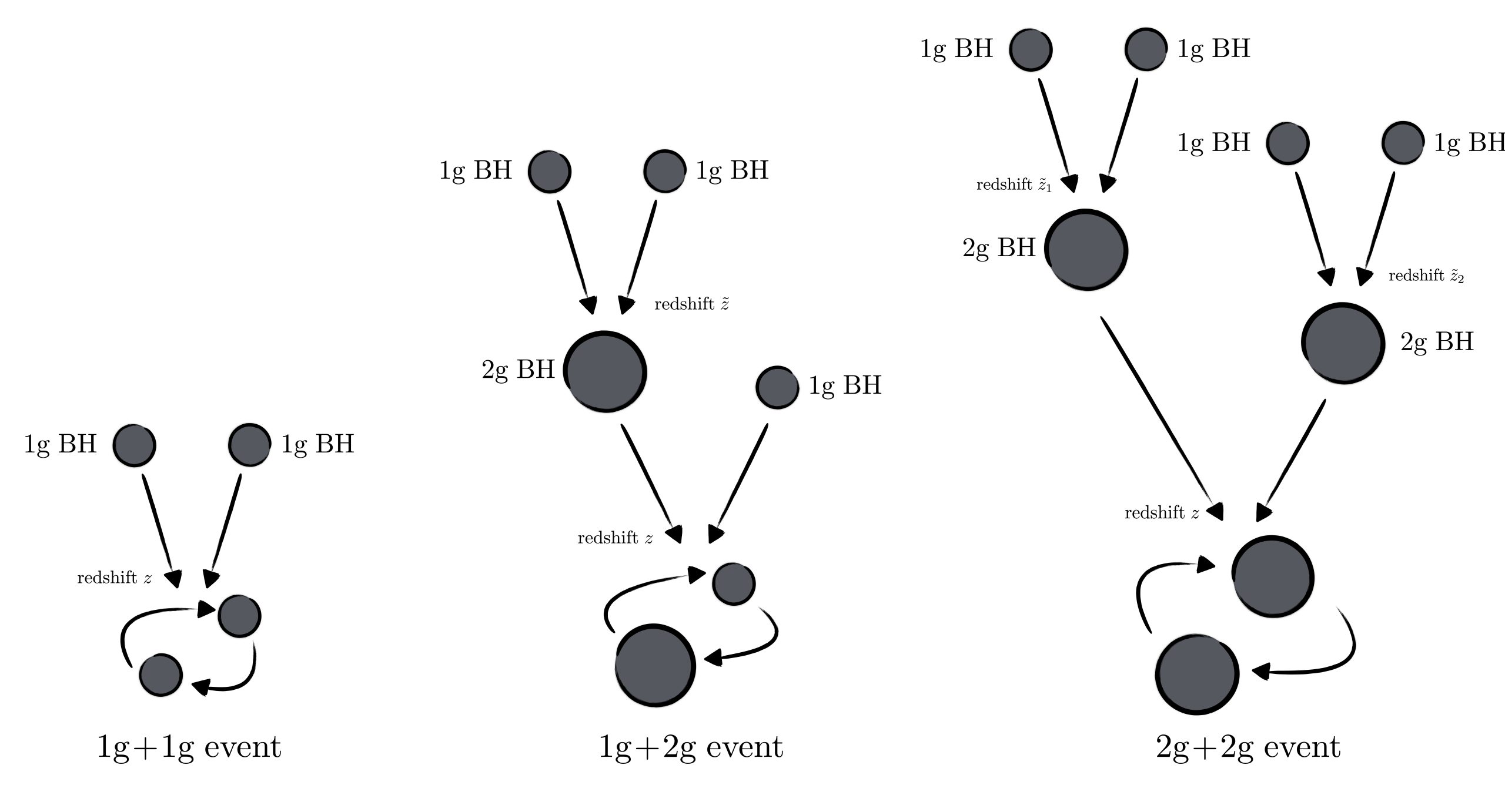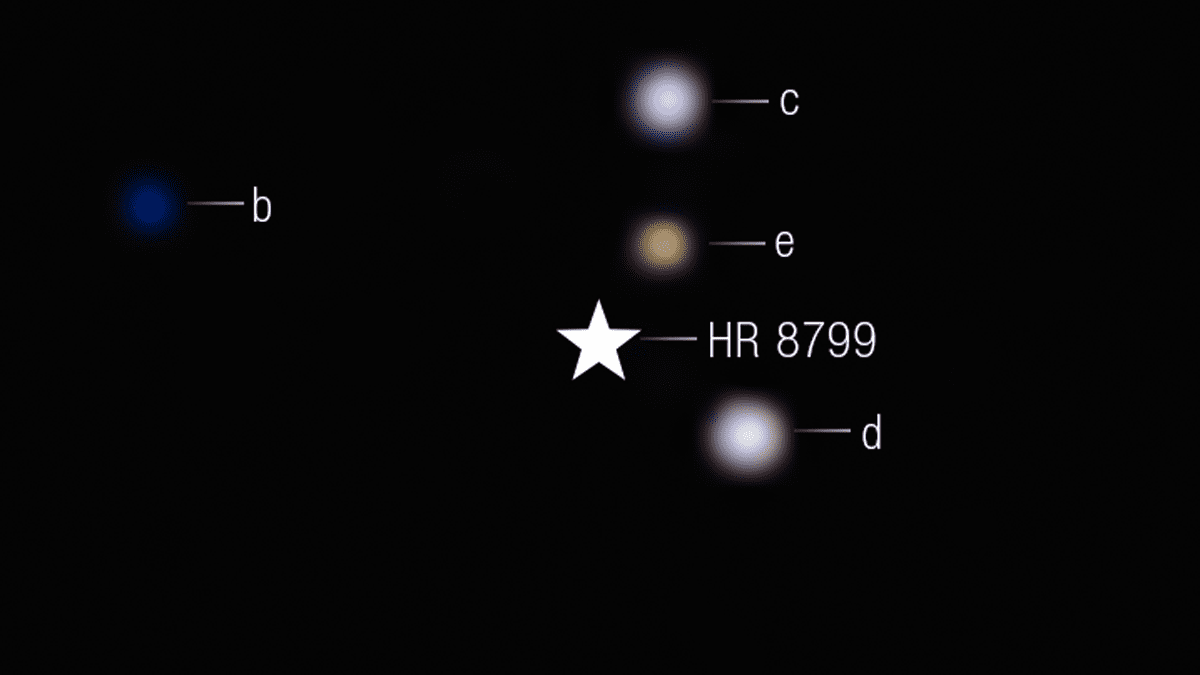“Thanks to a variety of efforts that the scientific community is undertaking, over the next decade we could transform a trickle of multi-messenger discoveries into a flood. The goal of the NRAO-JHU partnership is to address some of the key challenges that lie ahead of this transformation.” – Alessandra Corsi, W.H. Miller Professor
News & Announcements Archive

Sami Muhammad and Yuran Ryan Zhang Receive Provost’s Undergraduate Research Awards
Undergraduate physics majors Sami Muhammad (’26) and Yuran Ryan Zhang (’26) have each received the Provost’s Undergraduate Research Award The PURA program was created to assist and encourage Hopkins undergraduate students to continue or begin independent research, scholarly and creative projects with our amazing university mentors over the summer.

Rosemary F.G. Wyse Elected to National Academy of Sciences
Alumni Centennial Professor Rosemary F. G. Wyse is among 120 members and 30 international members elected to the National Academy of Sciences in 2025, in recognition of their distinguished and continuing achievements in original research. Her research focus is in the field of galaxy formation and evolution, with emphases on resolved stellar populations and the nature of dark matter. The work has played a significant role in advancing scientific understanding of the Milky Way and its satellite galaxies.

Emanuele Berti Receives 2025 Frontiers of Science Award
Professor Emanuele Berti has received a 2025 Frontiers of Science Award from the International Congress of Basic Science for a paper that he co-authored in 2017 titled “Are merging black holes born from stellar collapse or previous mergers?” The research, that appeared in Physical Review D, was honored for its outstanding scholarly value.

Gene Fu Receives Teaching Assistant Excellence in Teaching Award
Graduate student and teaching assistant Gene Fu is the recipient of Excellence in Teaching Award from Vice Dean for Undergraduate Education Erin Rowe. This prestigious award is given to those who have made significant contributions as educators and mentors at Hopkins.

Black Hole Research by Emanuele Berti, Mark Ho-Yeuk Cheung, and Sophia Yi Published by Physics Today
“How Black Hole Spectroscopy Can Put General Relativity to the Test,” an article by Prof. Emanuele Berti and graduate students Mark Ho-Yeuk Cheung and Sophia Yi now appears in Physics Today. It reveals how next-generation gravitational-wave detectors should enable researchers to evaluate Einstein’s predictions about the nonlinear spacetime oscillations that spread from merging black holes.

Breakthrough Prize for LHC Collaborators Including Andrei Gritsan, Petar Makisomovic & Morris Swartz
The 2025 Breakthrough Prize in Fundamental Physics has been awarded co-authors of publications based on CERN’s Large Hadron Collider data at the experimental collaborations ATLAS, CMS, ALICE and LHCb. Andrei Gritsan, Petar Makisomovic and Morris Swartz are among the co-authors who are recipients of the Prize.

Bingjie Wang (PhD ’21) Receives Hubble Fellowship
Bingjie Wang, who earned her PhD in the department working with Tim Heckman, has received a NASA Hubble Fellowship which supports promising postdoctoral scientists to pursue independent research which contributes to NASA Astrophysics. As a Hubble Fellow, Bingjie will explore the nature of extremely compact red sources and the stochasticity in star formation rate.

William Balmer Leads Research Providing First Direct Images of Carbon Dioxide Outside Solar System
PhD candidate William Balmer employed the James Webb Space Telescope in his research that has captured the first direct images of carbon dioxide in a planet outside the solar system.

JHU Physics Fair returns to Bloomberg Center for Physics & Astronomy April 26, 11 a.m. to 5 p.m.
After a hiatus of several years, the William H. Miller III Department of Physics & Astronomy is excited to announce the revival of the Physics Fair! Join us on Saturday, April 26 from 11:00 a.m. to 5:00 p.m. for a day of fun, interactive exhibits and activities that explore the fascinating world of physics.
